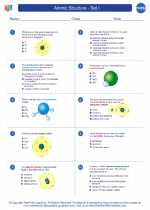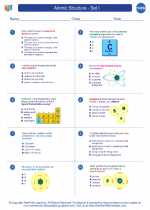Cretaceous-Paleogene (K-Pg) Boundary
The Cretaceous-Paleogene (K-Pg) boundary, formerly known as the Cretaceous-Tertiary (K-T) boundary, marks a significant event in Earth's history, the mass extinction of the dinosaurs and many other species. This event occurred approximately 66 million years ago and is characterized by a layer of sediment containing high levels of the element iridium, likely from an asteroid impact, as well as other geological and biological markers.
Causes of the K-Pg Event
There are several proposed causes for the K-Pg event, with the leading theory being the impact of a large asteroid or comet. The impact would have released massive amounts of energy, causing widespread fires, tsunamis, and a "nuclear winter" effect due to the dust and debris thrown into the atmosphere. This would have disrupted the global climate and led to the extinction of many species, including the non-avian dinosaurs.
Geological and Biological Impact
The K-Pg event had a profound impact on the Earth's ecosystems. It led to the extinction of about 75% of Earth's species, including the dinosaurs, marine reptiles, ammonites, and many other organisms. This allowed for the rise of mammals and eventually led to the diversification of life in the Cenozoic era.
Study Guide
.◂Chemistry Worksheets and Study Guides High School. Atomic Structure - Set I

 Worksheet/Answer key
Worksheet/Answer key
 Worksheet/Answer key
Worksheet/Answer key
